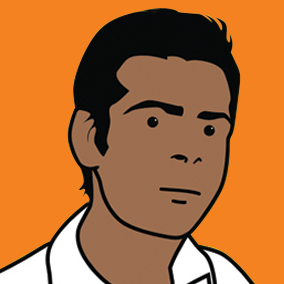Many of you may have seen David Carroll’s humorous tirade against United Airlines. Carroll, a Canadian musician, had his guitar damaged by United and although this was upsetting the customer service he received in the following nine months drove him to distraction – United just refused to accept any liability. So he wrote a song, made a video and put it on YouTube. Following over three million hits on YouTube and Mr Carroll’s appearance on all the major news networks, United scrambled to compensate the musician – but it was too late, the damage had been done.
There’s obviously a message here for the big corporate machine: the customer now has the power to expose poor customer service and shoddy business practice. There is also a message here for us L&D professionals. Our customers, the learners, are being exposed to a multitude of technologies at a frightening pace. They get a customer service message from Mr Carroll’s YouTube video, they get information and help on their BlackBerry or iPhone, they network using LinkedIn and they participate in online seminars from home and in the office. We have to embrace the changes and make sure that these technologies are embedded in our learning strategies. We need to break away from the traditional one hour course and leverage the power and the resources that are available to us and all around us.
A recent example is a client of ours who wanted help with a product that their sales people were reluctant to sell. The common view was that the product was too difficult to sell and it was too disruptive for the clients. Our customers asked us to build a one hour course that taught the benefits of the product. After some analysis, we realised that the sales people already understood the benefits but were not motivated to take a risk and try to sell a product that was perceived to be ‘difficult’. We knew we could build a course no impact. So we suggested a competition. We asked all the sales teams around the globe to video their best and worst experiences of selling the product in question. The teams were told that there would be a prize for the winning team and that the best videos would be shown at the global sales conference. We were inundated with videos – some shaky productions created on mobile phones and others that looked like a professional video crew was involved. The videos were made available on a YouTube style website, on various intranet sites and via mobile phones. The result was a learning intervention that was genuine and added real value to the learners. Not a course but a resource that the sales teams could relate to.
As L&D professionals we need to think differently, beyond the course. Otherwise we may find our business partners on YouTube singing ‘L&D, some help you are!’





